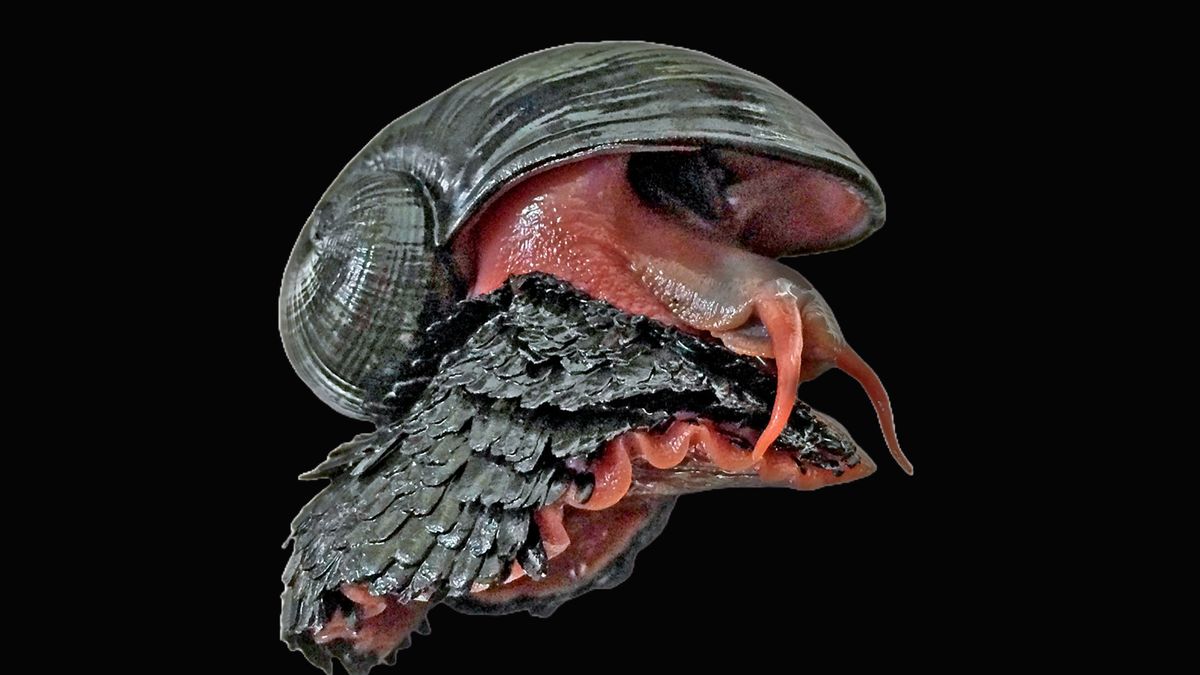Now Reading: Scaly-Foot Snail: The Deep-Sea Survivor with Armor and a Giant Heart
-
01
Scaly-Foot Snail: The Deep-Sea Survivor with Armor and a Giant Heart
Scaly-Foot Snail: The Deep-Sea Survivor with Armor and a Giant Heart

Quick Summary
- Name and Habitat: The scaly-foot snail (Chrysomallon squamiferum) lives at hydrothermal vents in the Indian ocean,specifically three known fields east of Mauritius,at depths of about 2,780 meters.
- Unique Adaptations:
– Its foot is covered with iron-infused scales hardened by sulfur reactions.
– It has an outer shell layer made of iron sulfide-making it unique as the only multicellular animal known to strengthen its skeleton with iron.
- Nutrition: Adult snails do not eat; instead, endosymbiotic bacteria in their esophageal gland generate nutrition internally.
- Physical Features:
– shells measure about 5 cm in length on average.
– “Sea pangolin” nickname reflects resemblance to armor-plated mammals.- Possesses a proportionately largest heart among animals (~4% body volume), aiding oxygen circulation for its gut symbionts.
- Reproductive Traits: Snails are hermaphrodites with both male and female organs.
- Threats and Conservation Status: Endemic range (just ~0.008 square miles) faces threats from deep-sea mining. Listed as “endangered” by IUCN since 2019 due to habitat destruction.
!scaly-foot snail
The scaly-foot snail fortified with iron scales. (Image credit: HKUST)
!Three different populations of scaly-foot snails
Examples from three distinct populations. (Image credit: Chong Chen, CC BY-SA)
Indian Opinion Analysis
The scaly-foot snail’s unusual adaptations showcase nature’s diversity thriving against extreme conditions such as high temperatures and low oxygen levels at hydrothermal vents deep within the Indian Ocean. Being endemic to this niche environment highlights India’s role as custodian of globally significant biodiversity-not just terrestrial but also marine ecosystems unique to this region.
The inclusion of this species on the IUCN’s Red List reinforces growing concerns over environmental degradation stemming from human activities like deep-sea mining-a practice now threatening two out of three known habitats for these creatures.This case underscores the need for sustainable approaches toward mineral extraction in India’s ocean territories while balancing technological progress and ecological preservation.
Efforts protecting such organisms have global implications beyond conservation-thay aid scientific research into biomaterials inspired by natural designs like iron scaling or extreme thermal resilience that could benefit industries ranging from medicine to engineering.

























